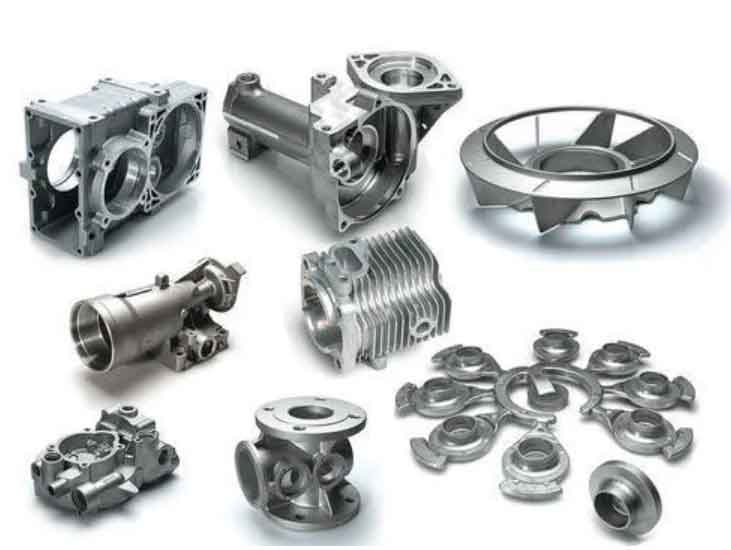
Gray cast iron plays a crucial role in the manufacturing of engine components, thanks to its exceptional heat resistance and durability. The unique properties of gray cast iron make it an ideal material for various engine applications, including cylinder blocks, cylinder heads, and exhaust manifolds. Here’s how gray cast iron contributes to engine components:
- Heat Resistance: Gray cast iron exhibits excellent heat resistance, which is essential for engine components that are exposed to high temperatures. Cylinder blocks and heads, in particular, are subjected to extreme heat generated by combustion. Gray cast iron’s ability to withstand elevated temperatures without significant deformation or failure ensures the long-term performance and reliability of the engine.
- Thermal Conductivity: Gray cast iron possesses high thermal conductivity, allowing for efficient dissipation of heat. This property is vital for engine components to prevent overheating and maintain optimal operating temperatures. It helps in reducing the risk of thermal stress and distortion, ensuring the dimensional stability of the engine.
- Strength and Durability: Gray cast iron exhibits excellent strength and durability, enabling it to withstand the high compression forces and mechanical stresses within the engine. The material’s inherent strength and rigidity contribute to the overall structural integrity of the engine components, ensuring their long service life.
- Wear Resistance: Engine components, such as cylinder liners and piston rings, are subject to friction and wear during operation. Gray cast iron’s wear resistance allows these components to maintain their integrity and function effectively over extended periods. This property reduces the need for frequent maintenance or replacement, resulting in cost savings and improved reliability.
- Vibration Damping: Gray cast iron exhibits excellent vibration damping characteristics. This property helps reduce noise and vibration within the engine, enhancing overall comfort and smooth operation. It also contributes to the longevity of engine components by minimizing the risk of fatigue failure caused by excessive vibrations.
- Machinability: Gray cast iron is known for its good machinability, making it easier to shape and form into complex engine components. This property allows for precise machining and the creation of intricate features, ensuring the accurate assembly and functioning of the engine.
The heat resistance, durability, strength, and other properties of gray cast iron make it a preferred choice for engine components. By utilizing gray cast iron in engine manufacturing, manufacturers can ensure reliable and long-lasting engines that meet the demanding requirements of various industries, including automotive, marine, and power generation.
